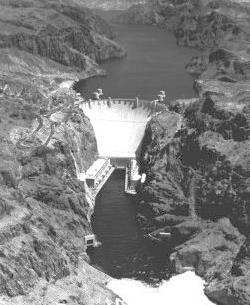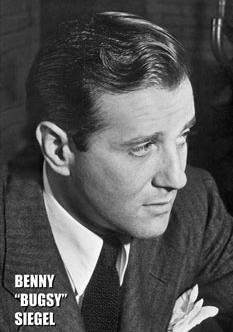 |
|
|
||||||||||||||||||
|
"What happens in Vegas, stays in Vegas"
Las Vegas History
In the early 1700's, Spanish traders en route to Los Angeles sought out to find a pass through the unexplored territory of the Las Vegas valley. The Spaniards referred to the route as "jornada de muerte", journey of death. A scout named Rafael Rivera was the first to find the valley which was full of wild grasses and had plenty of water. This new route reduced the journey by several days. Las Vegas means "the meadows" in Spanish.
By the mid 1800's, Captain John Fremont wrote about Las Vegas which got the attention of other Spanish explorers and missionaries. Brigham Young hired 30 missionaries to build a fort in the valley in 1855 to teach the Paiute Indians farming techniques. The fort is still located on the corner of Washington Avenue and Las Vegas Boulevard. The Paiutes rejected the fort and occasionally raided it. The fort was abandoned by 1857. Not long after that, precious metals were found and the mining business began.
 The railway connecting Southern California and Salt Lake
City was completed in the late 1800's and Las Vegas was known as a railroad
town. With it's abundance of water, Las Vegas was an ideal refueling
stop and rest stop. For the next 25 years, Las Vegas was simply known
as a rest stop for the railroad.
The railway connecting Southern California and Salt Lake
City was completed in the late 1800's and Las Vegas was known as a railroad
town. With it's abundance of water, Las Vegas was an ideal refueling
stop and rest stop. For the next 25 years, Las Vegas was simply known
as a rest stop for the railroad.
The State Land Act of 1885 offered sections of land at $1.25 per acre and farmers move in and agriculture became the dominant industry for the next 20 years.
Las Vegas was founded on May 15, 1905 when 110 acres were acutioned off. By 1909, Las Vegas was known as the county seat for the newly established Clark County. The city would soon be incorporated with 800 residents.
On March 19, 1911, gambling was legalized and one month later, 6 gambling licenses were issued. Divorce laws were liberalized allowing a person to gain residency after only six weeks. Men would stay at "dude ranches" while waiting out their six weeks. By 1930, the population had grown to 5,165.
The Hoover Dam began construction in 1931. The population in the area boomed and gave the economy a big boost while the rest of the nation was in the middle of the Great Depression. The dam was completed in 1935.
At the beginning of World War II, the population had grown to almost 8,500. The defense industry came to town because of the remote location. Nellis Air Force base is still located on the north east side of town. Following the war, hotels started promoting top name entertainment.
 In 1946, Benjamin "Bugsy" Siegel opened the Flamingo and the future of casino resorts had begun. Tourism
increased and the entertainment business became the largest employer in the area. In 1957, Minsky's Follies
became the first topless showgirl act on the Strip. The "Welcome to Fabulous Las Vegas" was created by Betty
willis and was put in place in 1959.
In 1946, Benjamin "Bugsy" Siegel opened the Flamingo and the future of casino resorts had begun. Tourism
increased and the entertainment business became the largest employer in the area. In 1957, Minsky's Follies
became the first topless showgirl act on the Strip. The "Welcome to Fabulous Las Vegas" was created by Betty
willis and was put in place in 1959.
By 1960, the population had grown to over 64,000 and city now spanned over 25 square miles. During the 1960's, Howard Hughes lead the way for corporations to start buying casinos. Gambling became known as gaming as was now a legitimate business. In 1969, Elvis opened at the International Hotel which is now the Las Vegas Hilton. In 1970, when Howard Hughes left Las Vegas, he had become Nevada's largest private employer, largest casino owner, largest property owner and largest mining claims owner. Hughes' ventures also lead to the downfall of Attorney General John Mitchell, who is bribed not to file anti-trust action against Hughes' casino acquisitions. But more importantly to Las Vegans, Hughes' presence had put Las Vegas back in the country's good graces, making way for the city's corporate, mainstream era.
Corporations continued to invest in hotel/casinos and some properties even had stock traded on the market. The population had grown to 164,000 by 1980. In the mid 1980's, another growth period begins as Steve Wynn came to town and started building resorts. Resorts were soon to overtake the older hotel/casinos and in 1993, the Dunes Hotel was imploded and replaced by the Bellagio.
Tourism continues to grow for Las Vegas as well as the population. Las Vegas has increased in size more than any other city for the last 17 years in a row. An estimated 5,000 people move to Las Vegas every month and an estimated 44 million visitors come to Las Vegas per year.